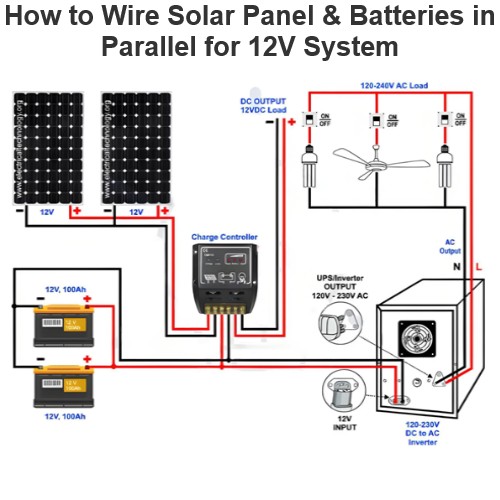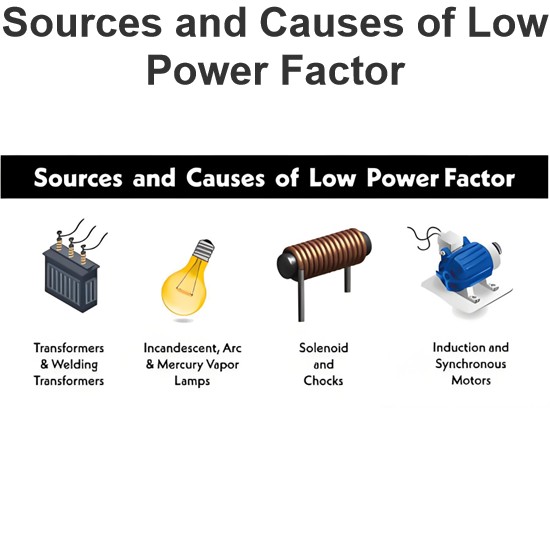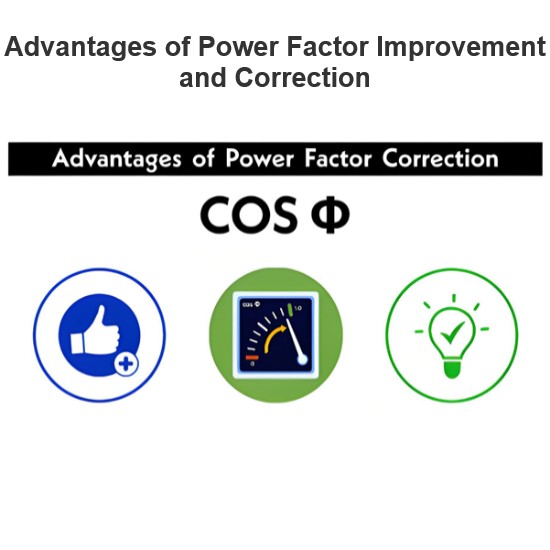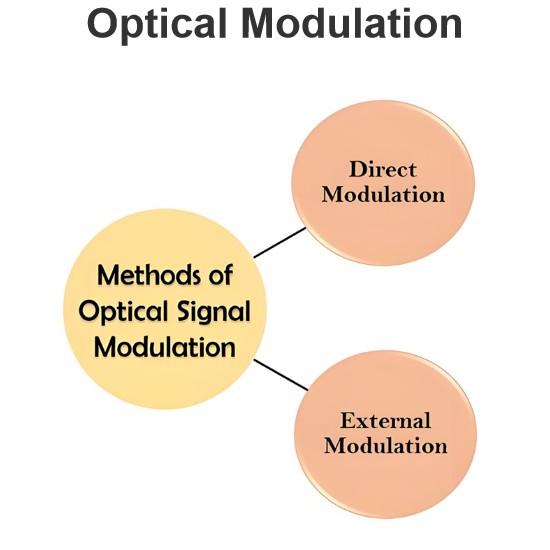What is the definition of electric current for free flowing charges or stationary charges?
Electric current is the flow of electric charge over time. Current can be categorized into two main types: current produced by freely flowing charges and current associated with stationary charges (although strictly speaking, stationary charges do not produce current themselves, but can induce currents). Below are explanations of both situations:
1. Current Due to Free Flowing Charges
Definition
Electric current is defined as the amount of charge passing through a given cross-section per unit time. Mathematically, current
I is defined as the rate of change of charge
q with respect to time t:
I=dq/dt
Here,dq represents the amount of charge passing through a cross-section in the time intervaldt.
Characteristics
Direction: Conventionally, the direction of current is defined as the direction of positive charge movement. In metallic conductors, current is actually the flow of free electrons (which carry a negative charge), but the direction of current is considered opposite to the actual flow of electrons.
Units: The standard unit of current is the Ampere (Ampere, A), where 1 Ampere is defined as 1 Coulomb of charge passing through a cross-section per second.
Example
Current in a Wire: When a voltage is applied across a wire, free electrons move within the wire, forming a current.
2. Current Induced by Stationary Charges
Definition
While stationary charges themselves do not form current, they can lead to the production of current under certain circumstances, such as during the charging or discharging of capacitors or when charges redistribute within a medium.
Characteristics
Capacitors: When a capacitor is charged, charges move from one terminal of the power source to the other, establishing an electric field between the capacitor plates. During this process, current flows through the external circuit of the capacitor.
Discharging : When a capacitor discharges, the stored charge on the plates returns to the power source via the external circuit, forming a current.
Example
Charging and Discharging of Capacitors: When a capacitor is connected to a power source, current flows through the external circuit until the capacitor is fully charged; when the capacitor is connected to a load, current flows again through the external circuit until the capacitor is completely discharged.
Summary
Electric current is the rate of change of charge over time, typically formed by the movement of free charges. In metallic conductors, the direction of current is considered opposite to the actual flow of free electrons. While stationary charges do not produce current themselves, they can induce currents during the charging and discharging processes of capacitors.
If you have any further questions or need more information, please let me know!
The Electricity Encyclopedia is dedicated to accelerating the dissemination and application of electricity knowledge and adding impetus to the development and innovation of the electricity industry.













